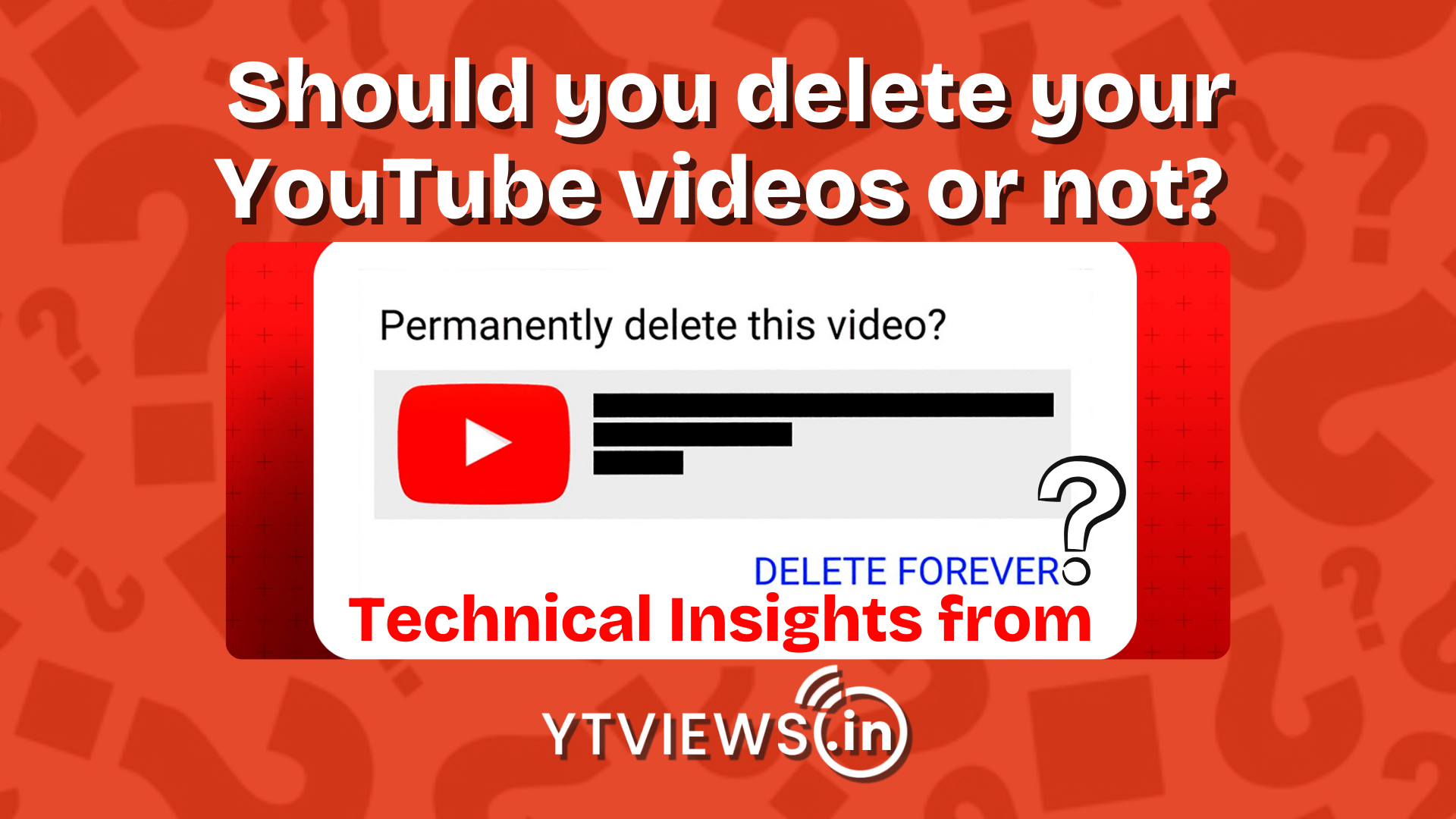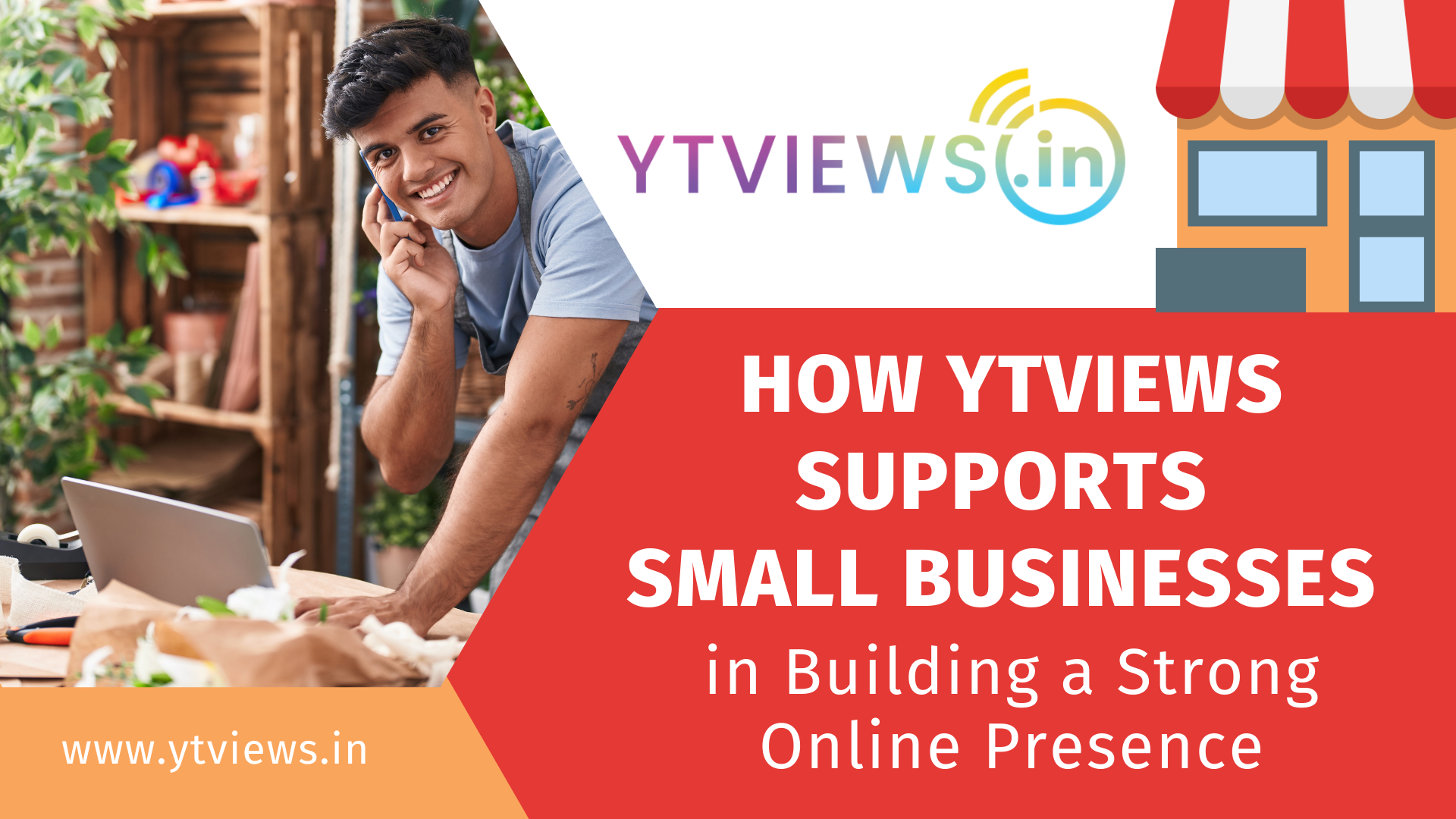Traditional Marketing: Is your Budget Worth It?
The term “marketing” dates back to the 19th century, but marketing as we know it didn’t really take off until the 1950s. For several decades, marketing was done exclusively through the print media, including newspapers, magazines, flyers and other print advertisements. It wasn’t until radio and television became popular that marketing shifted to other platforms, leading to the advertising boom of the 1950s.
Over the years, marketing has changed and become one of the biggest industries in the world, with the Internet and cell phones creating new avenues for advertising. In today’s world, whether you’re driving, watching a video, or reading a message online, it seems like you can’t go anywhere or do anything without encountering some kind of advertisement.
With increasing competition and the growing popularity of the internet and smartphones, investing in digital marketing is more important than ever. You can reach billions of potential customers online and you can do it without spending a fortune if you have the right marketing strategy.
What is Traditional Marketing?
Traditional marketing refers to any marketing technique prior to what we now call digital marketing. Traditional marketing is any form of marketing that uses offline media to reach an audience. Basic examples of traditional marketing include things like newspaper ads and other print ads, but there are also billboards, email ads, and television and radio ads.
What we now call traditional marketing was largely the result of the advertising boom of the 1950s. This growing popularity of marketing was the result of the massive popularity of television in the 1950s. Until now, people had to read a newspaper, magazine or billboard to see advertisements. Although there were advertisements on the radio, these advertisements could not reach the same type of audience.
Television has allowed advertisers to reach massive audiences from the comfort of their homes and has transformed the way businesses use advertising. While digital marketing has become an important part of the marketing strategy for most businesses, there is still room for direct mail and other forms of traditional marketing. Understanding which marketing opportunities are right for your business is a key part of getting the most out of your marketing budget.
Advantages and Disadvantages of Traditional Marketing Strategies:
Just because digital marketing has become the primary focus doesn’t mean there isn’t room for traditional marketing. A combination of digital and traditional marketing can help you reach a large and diverse audience, and finding the right balance between the two depends on your business and your product. In fact, some companies may work almost exclusively with traditional marketing, so it really depends on your situation.
As long as you keep the 7 Ps of marketing in mind and follow best practices, you can potentially achieve great results from a variety of marketing efforts. As important as the advertising medium you choose, it’s also important to make sure you’re marketing your product or service the right way. In the next few paragraphs, we’ll talk about some of the pros and cons of traditional marketing versus digital marketing. If you’re struggling to figure out what kind of marketing is right for your business, we’ll give you a little insight below.

Advantages of Traditional Marketing: Despite the fact that some forms of traditional marketing have been around for centuries, there are still benefits to incorporating traditional marketing into your modern strategy.
One of the biggest advantages of traditional marketing is the fact that it allows you to be present just about anywhere. You can use traditional marketing channels to reach potential customers while they’re sitting on their couch at home, riding the bus, walking down the street, or on their way to work in the morning. . These cross-media ads help you target as many people as possible, which means you’re more likely to convert leads into sales and increase your profits.
Traditional marketing may also be an easier path if your team is unfamiliar with digital marketing and the tools that make it possible. There’s a lot to learn when it comes to mastering marketing, so it may take some time for your digital marketing campaign to succeed, even if your team is committed to learning digital marketing. For some businesses, it may be financially better to focus primarily on traditional marketing.
It’s also important to consider the type of audience you’re trying to reach. Digital marketing is great if you want to reach a younger audience that uses smartphones and computers, but you can alienate some of your target audience if you focus too much on the digital side of things. Traditional marketing may be better suited to an older audience, as well as potential customers who don’t spend much time on their computers or smartphones.
Since digital marketing is unfamiliar territory for many businesses, traditional marketing can provide a safer alternative. You might consider focusing on traditional marketing if you don’t want to spend money switching to digital marketing or training your marketing team.
Disadvantages of Traditional Marketing: Traditional marketing may have its perks, but that doesn’t mean it doesn’t have its downsides. There are several reasons digital marketing has become a major competitor to traditional marketing, and weighing the pros and cons of each type of marketing can help you determine the right strategy for your business.
For starters, traditional marketing is often more expensive than digital marketing. Rates for traditional advertising space can be very expensive, especially if you are trying to run a commercial during a high-traffic event or secure a billboard in one of the more populated areas of a large city.
Digital marketing allows you to advertise on different sites and other avenues without spending too much money. Your ads can play at the start of Twitch streams and YouTube videos, appear as banners on news websites, and more. In many cases, traditional marketing results are more difficult to measure than digital marketing results. You can quantify the number of people who clicked on a link or watched a video, but there’s no guarantee that a viewer will see your TV commercial just because they’re watching TV. Some viewers can even be counted out despite falling asleep with the TV on or leaving it on for their dog while they work. With digital marketing, you get more accurate statistics that you can use to make decisions.
Your traditional marketing campaign may even take longer than a digital marketing campaign due to all the possible red tape. Ads take time to get approved and added to billboards and television, and that time can cost money.











































